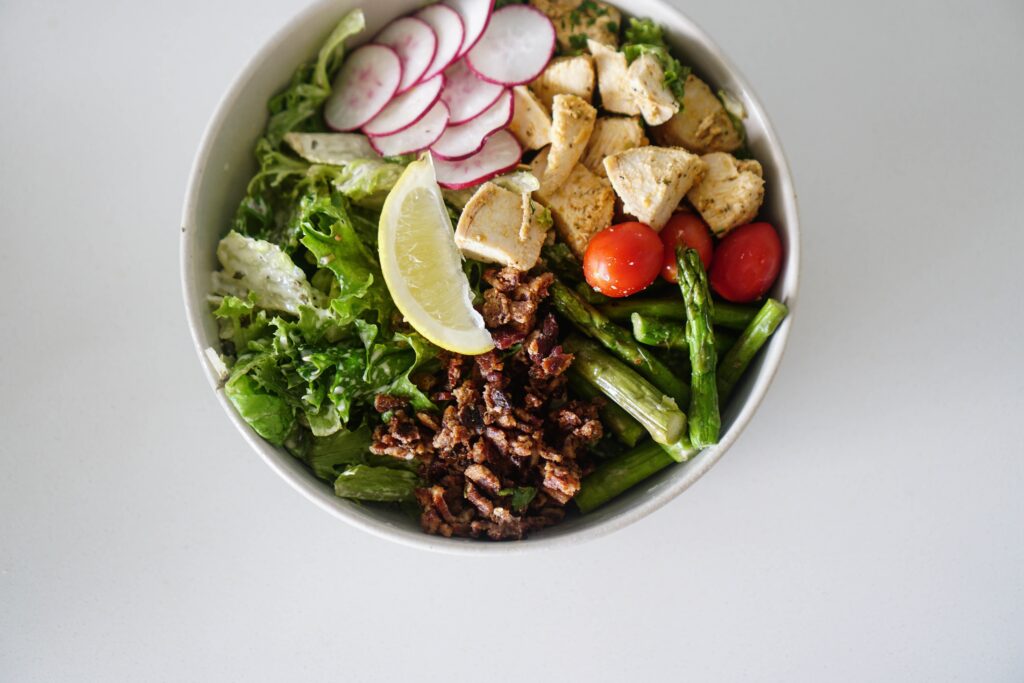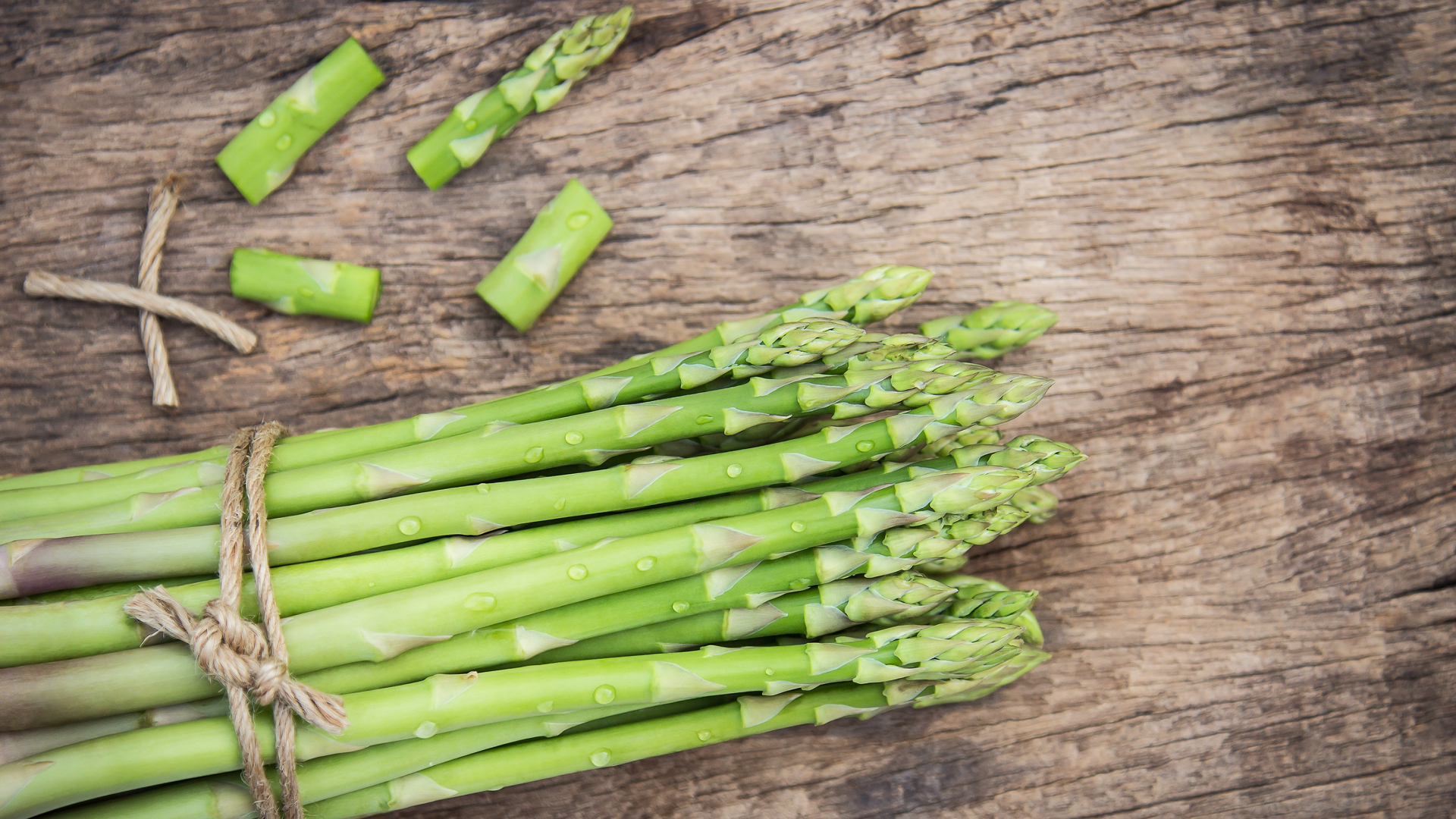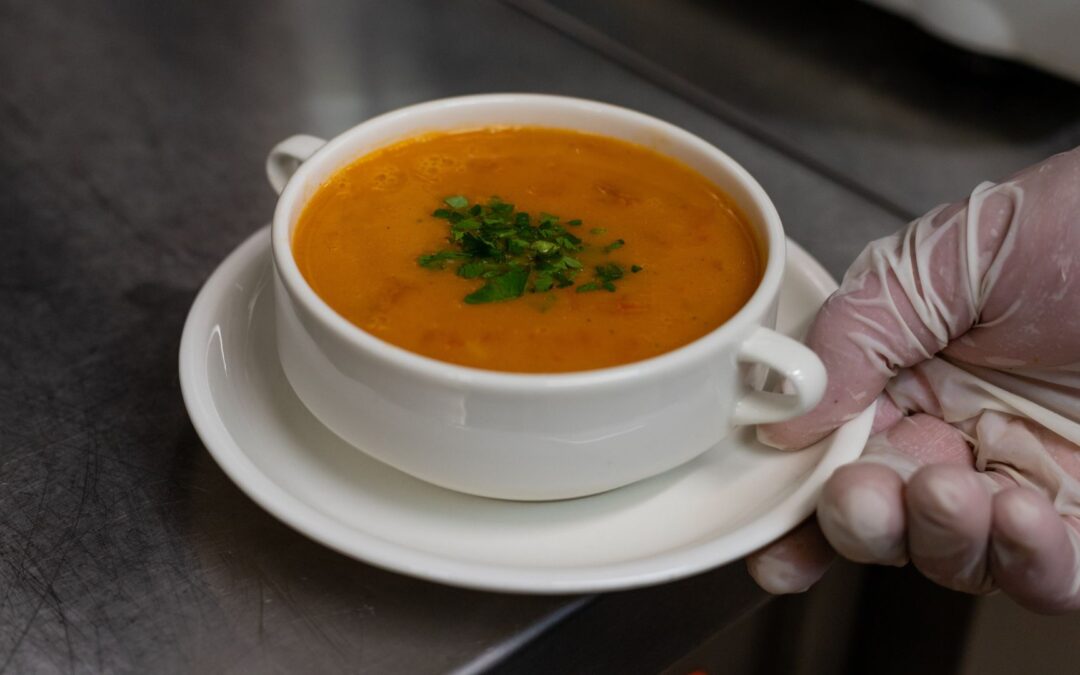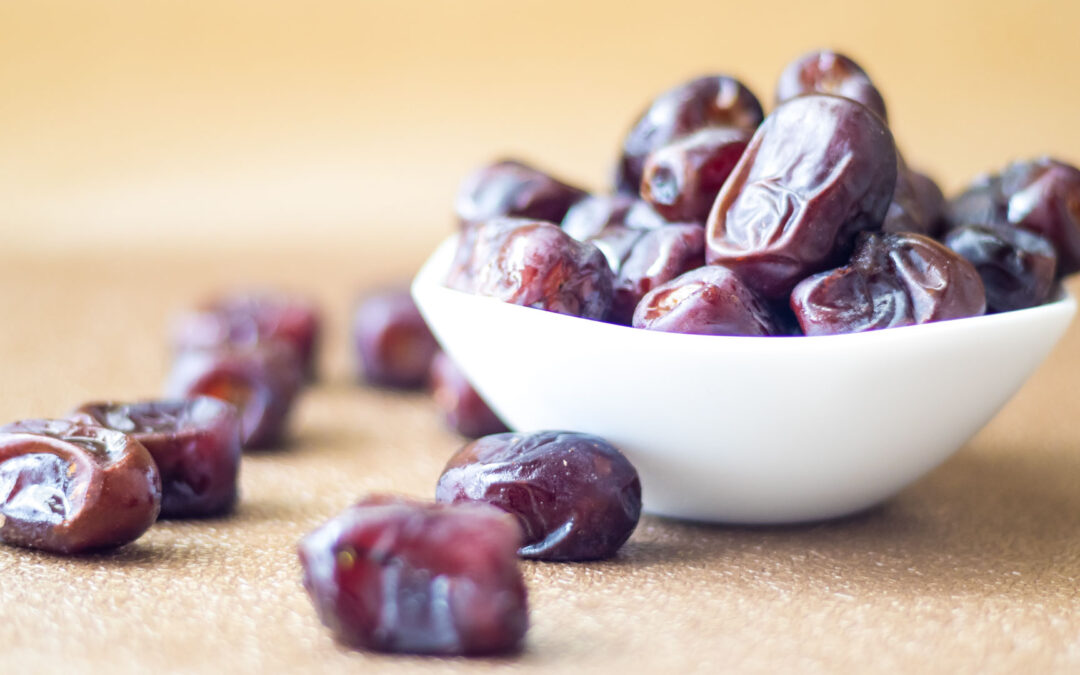Asparagus is a perennial crop, used as a herbal medicinal vegetable for 2500 years. It is enriched with antioxidant and anti-inflammatory properties that provide vitamins and minerals to the human body. Its scientific name is Asparagus Officinalis, and its folk name is sparrow grass. Asparagus officinalis is a member of the lily family. This organic vegetable has different colours such as green, white, and purple.

The young shoots of asparagus are spring vegetables. However, its health-promoting nutrients and potential has put this vegetable at the centre of the attention of many countries. It is one of the top twenty vegetable crops in the world. Furthermore, traditional Chinese and Korean medicine practitioners still recommend its potential nutrients.
Among the different kinds of asparagus, people eat green asparagus commonly worldwide. It is available throughout the year. On the other hand, white asparagus is very popular in Europe and Western Asia. The locally cultivated asparagus are so-called “white gold” or “edible ivory.” It is referred to as “the royal vegetable.” This edible asparagus is less bitter and more tender than the green one. The lower part must be peeled before cooking or raw consumption of white asparagus. People consume the young shoots of asparagus mostly. It also serves as an appetizer or side dish on a menu.

However, asparagus is often served stir-fried in Asian countries. In Cantonese restaurants in the United States, stir-fried asparagus is served with chicken, shrimp, or beef. It can be grilled over charcoal and sliced into thin ribbons as well. Asparagus can be a good side dish with salad, omelettes, soups, and sushi. It has a mild and slightly sweet flavour. People consume it with citrus, hollandaise sauce, or simple vinegar. Moreover, raw asparagus prepares salad like other vegetables.
Besides, there is a diversity in the flavour of different types of asparagus. White asparagus has a more delicate taste than green asparagus. The flavour of asparagus got a complex delicacy and aroma that makes the vegetable unique. Asparagus gets a recognized place in the vegetable world because of its delicate taste and freshness. It becomes the main ingredient for making several dishes during its season. In addition, it prepares different types of Haute cuisines and traditional foods as well. Apart from the taste and flavours, asparagus is a powerhouse of vitamins, calcium, protein, minerals, amino acids, and different potential healing properties. Moreover, this organic vegetable has diuretic properties to treat urinary problems. It has other benefits as well. For instance, in India, asparagus roots strengthen the female reproductive system, promote fertility, and increase milk production. It is a fibre-rich organic food that helps consumers maintain a healthy diet. The dietary components of young shoots make an excellent contribution to maintaining a healthy diet. Other than that, it helps to preserve the body with its detoxifying nutrients. These nutrients also protect the liver from toxins.
The nutrition and health-boosting properties of vegetables are essential for a healthy diet. The nutrients and health-boosting properties of vegetables give the consumer a chance for fitness and freedom from various diseases.
Nowadays, exposure to pesticides and herbicides harms the effectiveness of consuming vegetables. For this reason, we need to be conscious about choosing organic vegetables and staying healthy. In this case, agricultural and organic Asparagus can be a good option for being healthy.






